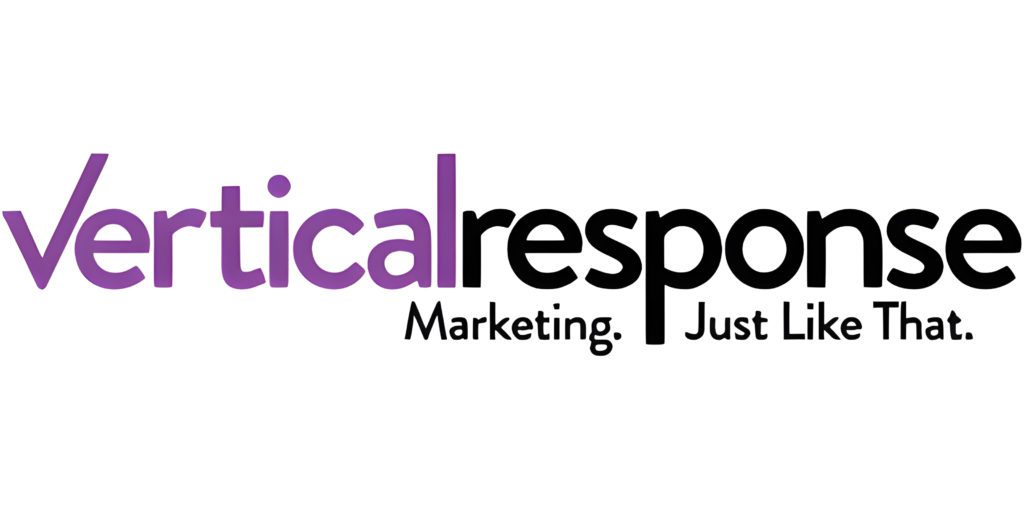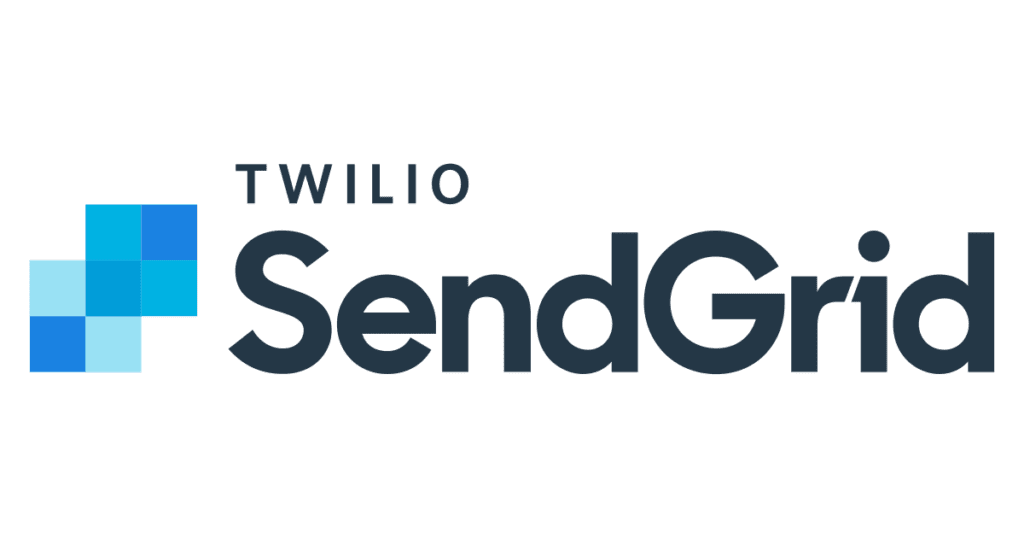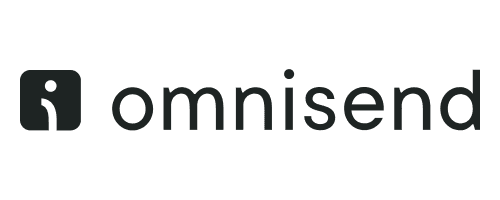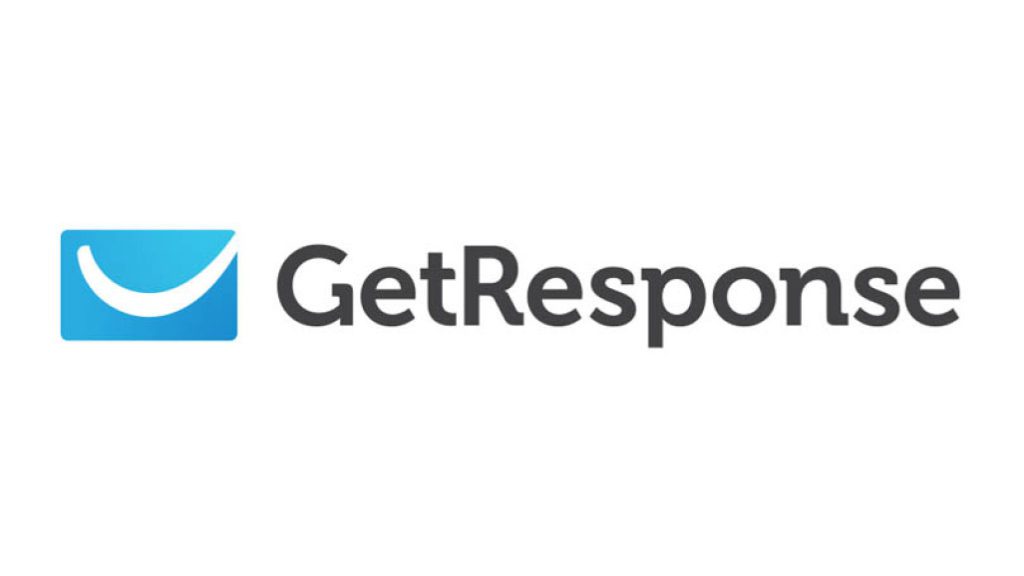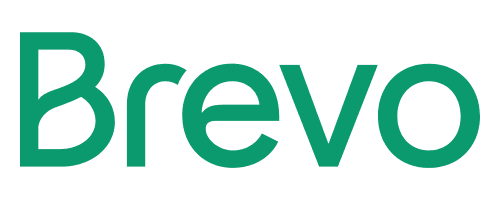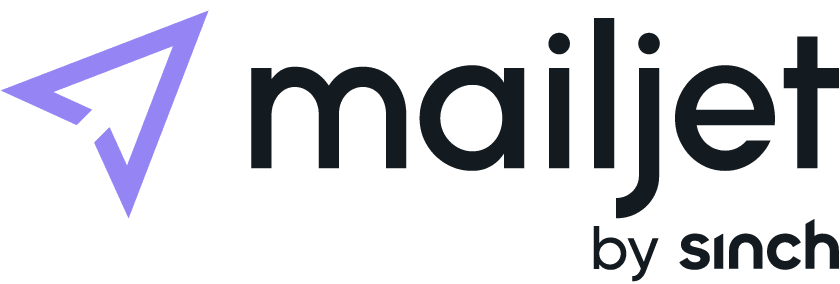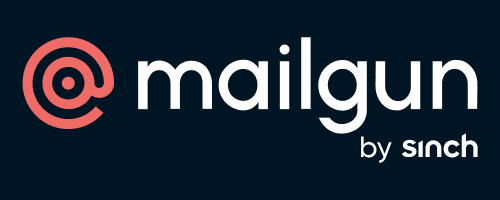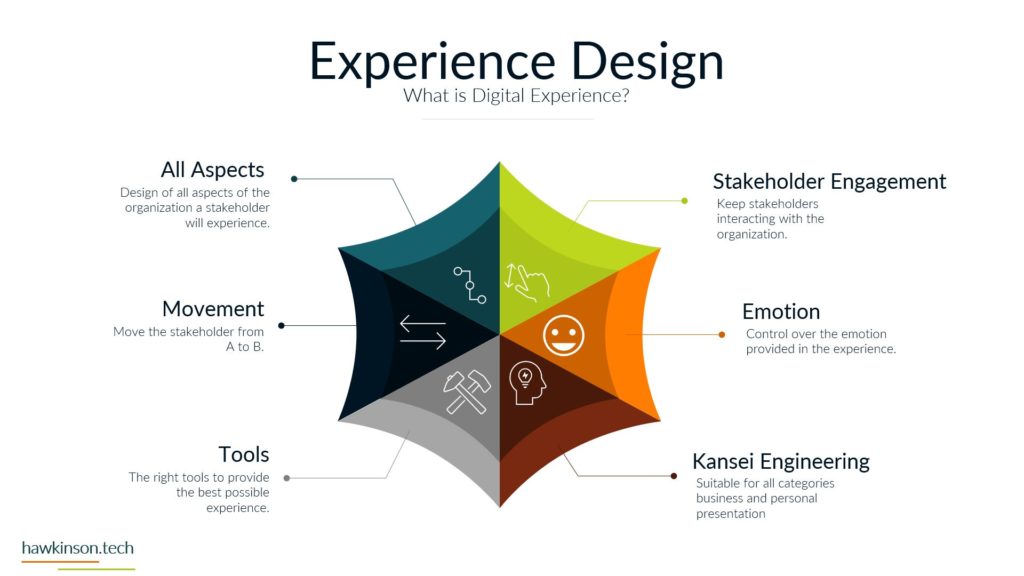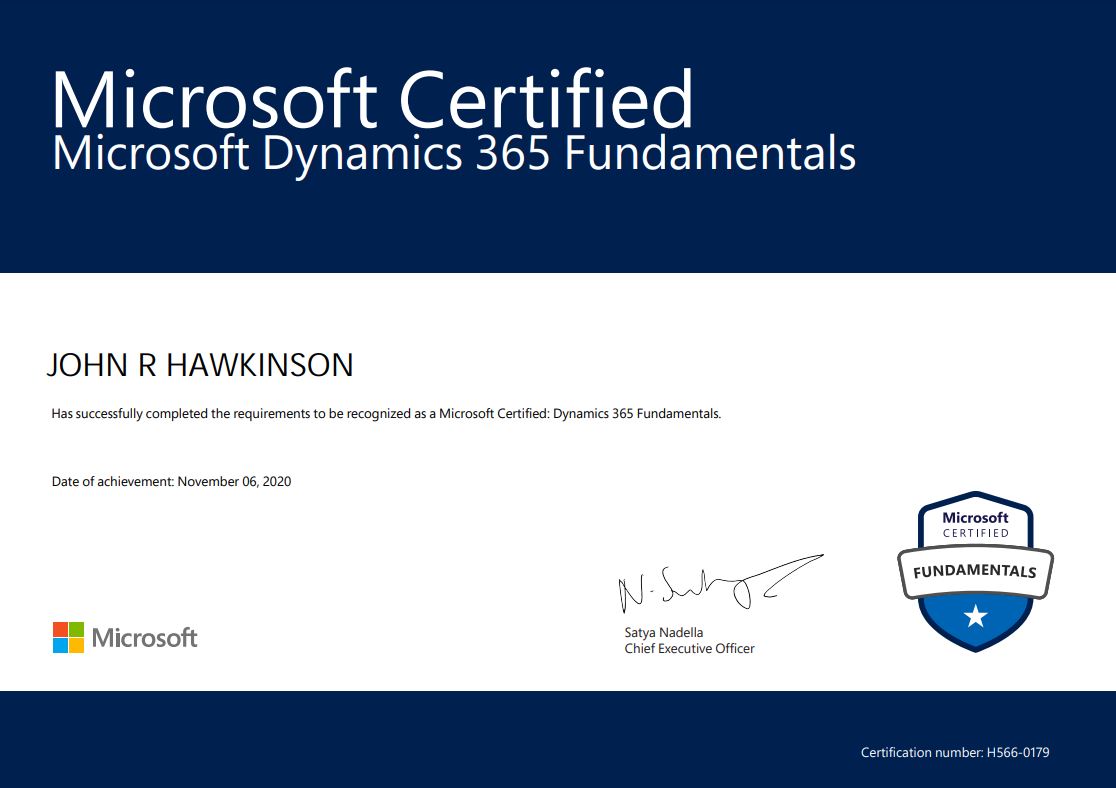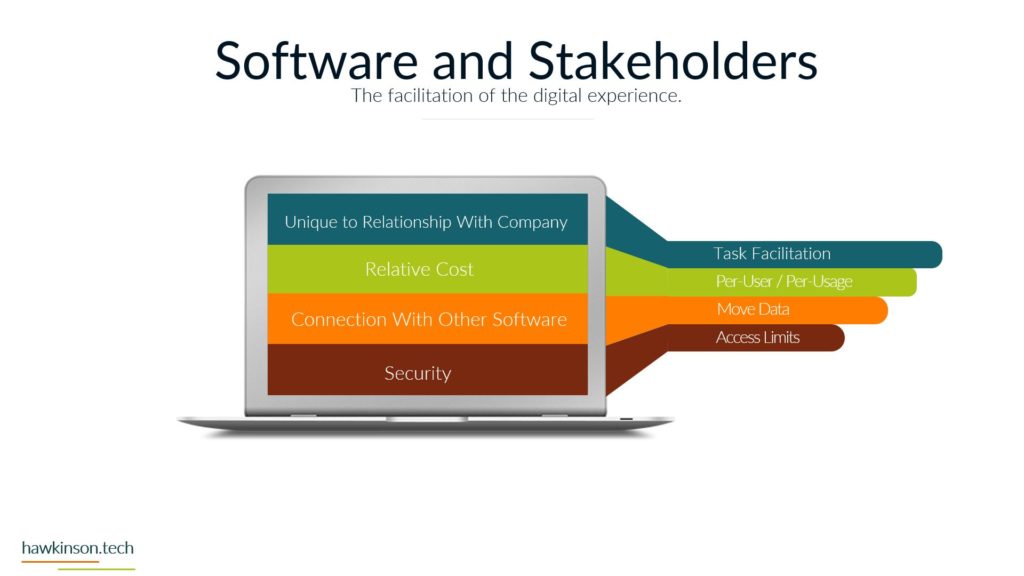In today’s digital age, customer engagement and growth strategies are intricately linked to business funnels. These funnels guide internal and external stakeholders through their interactions with a company, shaping their overall digital experience. This article will delve into business funnels, exploring different types, phases, and their impact on stakeholders. Additionally, we will discuss the importance of tailoring funnels to specific stakeholder needs and optimizing digital touchpoints to enhance engagement, satisfaction, and overall success.
Different Types of Business Funnels
Employment Funnels: Hiring and Upskilling
Attracting and retaining talent is a critical aspect of any organization’s success. The employment funnel is focused on internal stakeholders, showcasing how companies attract potential candidates and engage them through interviews and skill development processes. For internal stakeholders, this journey starts with the initial job posting, progresses through the application and interview stages, and culminates successful onboarding.
The employment funnel also plays a vital role for external stakeholders, such as suppliers and contractors. External stakeholders undergo a similar process, which may involve supplier qualification, proposal submissions, negotiations, and contract signing. Successful onboarding and ongoing support are essential for fostering fruitful collaborations with external stakeholders.
Sales Funnels: Capturing and Converting
Sales funnels are a well-known concept in the marketing world, and they are crucial for external stakeholders, such as potential customers or clients. This section will delve into the strategies used to capture the attention of external stakeholders, starting from their initial discovery of the company through various marketing channels. From content marketing to social media outreach, businesses must optimize their efforts to attract and engage potential customers.
The conversion phase in the sales funnel is equally vital. Understanding consumer behavior, preferences, and pain points enables businesses to effectively tailor their products or services to meet customer needs. Businesses can successfully convert potential clients into loyal customers by employing effective lead nurturing and personalized marketing strategies.
Onboarding Sequences: Welcoming and Assimilating
Onboarding sequences are crucial in integrating external stakeholders, such as suppliers and contractors, into a company’s ecosystem. This section will analyze how businesses design onboarding processes to ensure a smooth transition for stakeholders to start collaborating effectively. A well-structured onboarding program establishes a strong, enduring relationship with external stakeholders.
Internally, onboarding is equally important for new employees. An effective onboarding process helps new hires feel welcome, understand their roles, and become productive team members quickly. This leads to higher employee satisfaction and lower turnover rates, benefiting the organization in the long run.
Phases of Business Funnels
Top of the Funnel: Attracting Attention
The top of the funnel is the widest part where stakeholders become aware of a company’s existence. This section will examine how internal stakeholders discover job opportunities and how external stakeholders find companies through content marketing, advertising, and other marketing efforts. By understanding this stage, businesses can optimize their initial interactions with stakeholders and create a lasting impression.
For internal stakeholders, the attraction phase may involve creating a strong employer brand, leveraging social media platforms, and using employee referral programs. Similarly, for external stakeholders, businesses may use SEO strategies, content marketing, and targeted advertising to attract potential clients or customers.
Get Started: Initiating Interactions
Initiating active engagement is the focus of this phase. For internal stakeholders, this may involve responding to job postings, submitting applications, and participating in interviews. Effective communication and transparent processes are crucial to building trust and confidence in potential employees during this stage.
For external stakeholders, this phase includes signing up for newsletters, subscribing to email lists, or scheduling product demos. Capturing contact information and facilitating two-way communication is essential to nurture relationships and guide stakeholders toward the next stage of the funnel.
Getting Interaction: Moving Forward
At this stage, stakeholders actively interact with the organization, taking meaningful steps toward their desired objectives. This may involve the interview process for internal stakeholders, where potential employees can showcase their skills and experience. For external stakeholders, this phase is characterized by deeper engagements with sales representatives or customer support teams.
Effective communication, personalized interactions, and providing value to stakeholders are crucial during this phase. For internal stakeholders, the interview process must be fair, transparent, and representative of the company culture. For external stakeholders, providing personalized product demonstrations or addressing specific pain points can significantly impact their decision-making process.
Making Moves: Accomplishing the Task
The “Making Moves” phase is where stakeholders make significant decisions, such as accepting a job offer for internal stakeholders or purchasing for external stakeholders. Understanding the factors influencing decision-making is crucial for guiding stakeholders toward successful outcomes.
For internal stakeholders, this phase includes negotiating employment terms, evaluating benefits, and making career decisions. Companies must communicate their unique value proposition effectively to attract top talent and secure successful candidates.
For external stakeholders, the “Making Moves” phase involves the final decision to purchase or engage in a contract. This may require additional support from sales representatives, demonstrating the product or service’s value, and addressing any concerns or objections.
Winning Stage: Completing the Funnel
The final stage of the funnel signifies the accomplishment of the funnel’s objectives. This could mean career growth, promotion opportunities, or professional development for internal stakeholders. Businesses must invest in employee training, mentorship programs, and career advancement opportunities to retain top talent and promote a positive work culture.
For external stakeholders, the “Winning Stage” represents successful conversion into loyal customers or clients. Businesses must continue to provide exceptional customer support, personalized offers, and value-added services to retain these customers and encourage brand advocacy.
Variability and Flexibility of Business Funnels
While the standard funnel consists of five phases, we acknowledge that funnels can differ in length and complexity. Each business must tailor its funnels to meet specific stakeholder needs. Personalization is the key to providing an exceptional digital experience. By recognizing the uniqueness of each stakeholder’s journey, businesses can optimize touchpoints and cater to their diverse requirements effectively.
Impact on Digital Experience
Understanding business funnels is fundamental for optimizing the digital experience. Businesses can enhance stakeholder engagement, satisfaction, and overall success by aligning digital touchpoints with each funnel stage. A well-designed funnel enables companies to deliver seamless interactions, leading to higher conversion rates and increased customer loyalty.
By investing in the digital experience foundations and analyzing data to understand stakeholder behavior, businesses can refine their funnels continually. This iterative process allows for constant improvement, ensuring the best possible digital experience for stakeholders.
Differentiating Internal and External Stakeholders
Internal and external stakeholders have distinct goals within the funnel. This section delves into the diverse objectives of both types and how businesses can cater to each group effectively. By recognizing these differences, companies can tailor their strategies to provide relevant and meaningful experiences for all stakeholders.
Businesses must focus on creating a positive work environment, offering competitive compensation packages, and providing opportunities for professional growth to retain internal stakeholders. For external stakeholders, businesses must emphasize building trust, delivering exceptional customer service, and providing personalized solutions to meet their needs.
Outgoing Layer: Farewell Process
The outgoing layer of the funnel addresses stakeholders leaving the organization or ending their relationship with the company. This section will explore the importance of conducting exit interviews for internal stakeholders and retention efforts for external stakeholders.
Exit interviews provide valuable feedback for companies, allowing them to identify areas for improvement and prevent potential issues in the future. For external stakeholders, businesses must focus on retention attempts and understand the reasons behind their departure. This knowledge can guide businesses in refining their offerings and maintaining positive relationships with departing stakeholders.
Conclusion
In conclusion, business funnels are pivotal in shaping stakeholders’ interactions in the digital landscape. By mastering the nuances of these funnels and optimizing them to cater to stakeholders’ needs, companies can foster valuable relationships, drive conversions, and provide exceptional digital experiences. Embracing the digital experience foundations through well-structured business funnels will pave the way for sustained success and growth in the digital era.
Companies can stay ahead in the competitive digital landscape by investing in personalized experiences, understanding stakeholder behavior, and continually refining business funnels. A commitment to delivering exceptional digital experiences will drive customer loyalty and establish businesses as industry leaders in the digital world.











